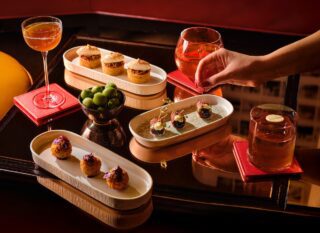This website uses cookies so that we can provide you with the best user experience possible. Cookie information is stored in your browser and performs functions such as recognising you when you return to our website and helping our team to understand which sections of the website you find most interesting and useful.
Chef’s Table: Niklas Ekstedt talks Nordic cuisine, his Scandinavian heritage and comfort favourites
By Shivani Dubey | 16 September 2024 | Food & Drink
Tempus’ Chef’s Table series meets Michelin star chef and the godfather of wood fire cooking Niklas Ekstedt to chat Scandinavian cuisine and his comfort foods
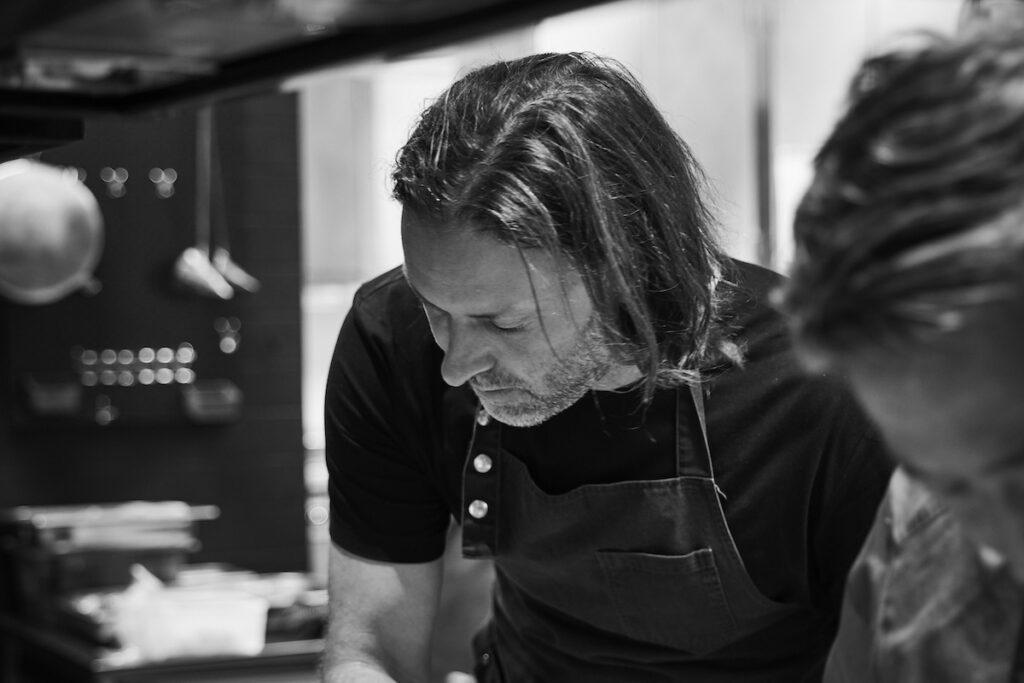 You cannot talk about Nordic or Scandinavian cuisine without thinking of Michelin star chef Niklas Ekstedt. Hailing from Sweden, Niklas, who owns Ekstedt at the Yard in London and the Michelin starred Ekstedt in Stockholm, is world renowned as the godfather of wood fire cooking.
You cannot talk about Nordic or Scandinavian cuisine without thinking of Michelin star chef Niklas Ekstedt. Hailing from Sweden, Niklas, who owns Ekstedt at the Yard in London and the Michelin starred Ekstedt in Stockholm, is world renowned as the godfather of wood fire cooking.
Niklas has pioneered Scandinavian cooking and wood fire cooking, all the while paying homage to his Nordic heritage, appeared on Masterchef UK this year, and continues to deliver exceptional fine dining at both of his restaurants.So naturally, for the September edition of our Chef’s Table series, we decided to sit down with Niklas Ekstedt. Here, the acclaimed chef talks about wood fire cooking, Scandinavian cuisine and his comfort favourites.
You head up the restaurant Ekstedt at the Yard. What sets your restaurant apart?
I think the main difference between the two restaurants is that the one in England is more focused on British ingredients. It’s my technique that I use in Sweden adapted to British ingredients. While in Stockholm, my ingredients are Scandinavian.
Related: Asma Khan talks Indian cuisine, her comfort favourites and being a voice for social change through food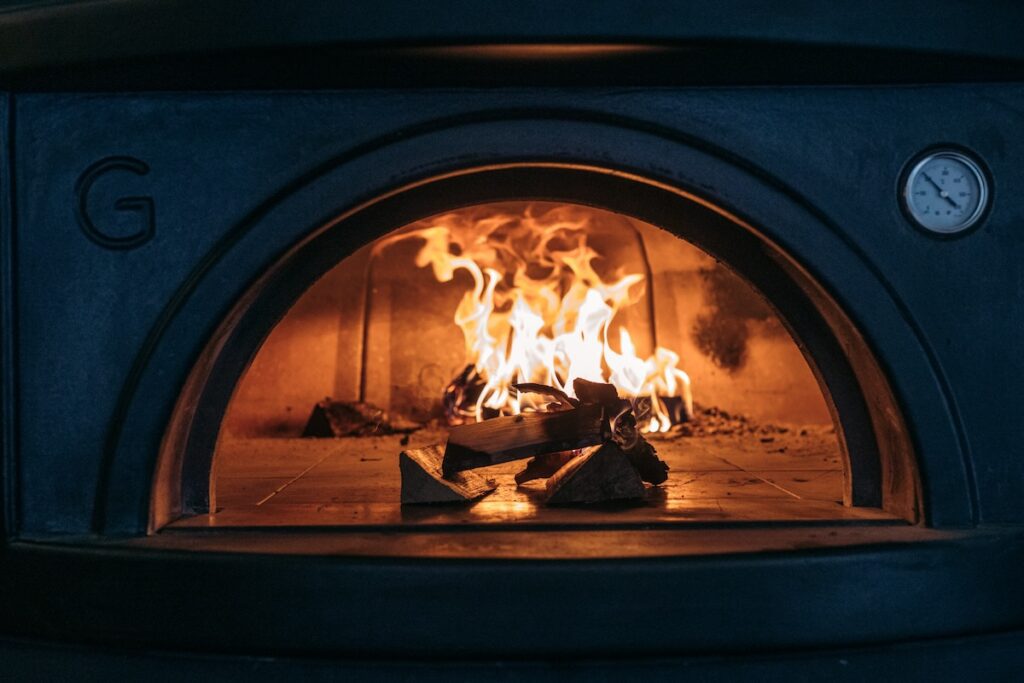 How would you describe your style as a chef? What do you want your guests to experience?
How would you describe your style as a chef? What do you want your guests to experience?
I think originally my main focus was on the technical aspect of cooking because when I started my restaurant, new Nordic cooking was at its peak. But they were all focusing on the ingredients and the product. And if you looked at England or the USA, a lot of the chefs were all about telling the story about the food. So I thought I would like to give guests a unique experience by focusing on the techniques instead and telling them the story about the Scandinavian techniques: how we used to cook in Scandinavia, how those techniques are forgotten and how they are now brought alive in the restaurants. I’ve been pioneering that type of cooking style, which I’m very happy for today.
You are world renowned as the godfather of wood fire cooking. Can you talk a bit about this cooking style? Do you have any special personal associations with wood fire cooking?
When I was trained in cooking school, the old style techniques like wood fire oven and cast iron stove were not even mentioned in cooking school because it was in the past and, at that time, people didn’t think it would ever be reintroduced into professional kitchens. And when I started working as a professional chef, we were trained in highly advanced kitchens. But as soon as we went out or went to a friend’s house, someone was grilling or there was a wood oven pizza, a tandoori place or a barbecue joint.
And that’s always struck me: why on earth do we always search for these old school techniques, but when we do it professionally and charge money for it, we cook on modern techniques? So I decided to go back and see how we used to cook in Sweden instead of deciding to experiment with futuristic cooking methods that no one actually knew whether they were healthy for you. That’s how it all started.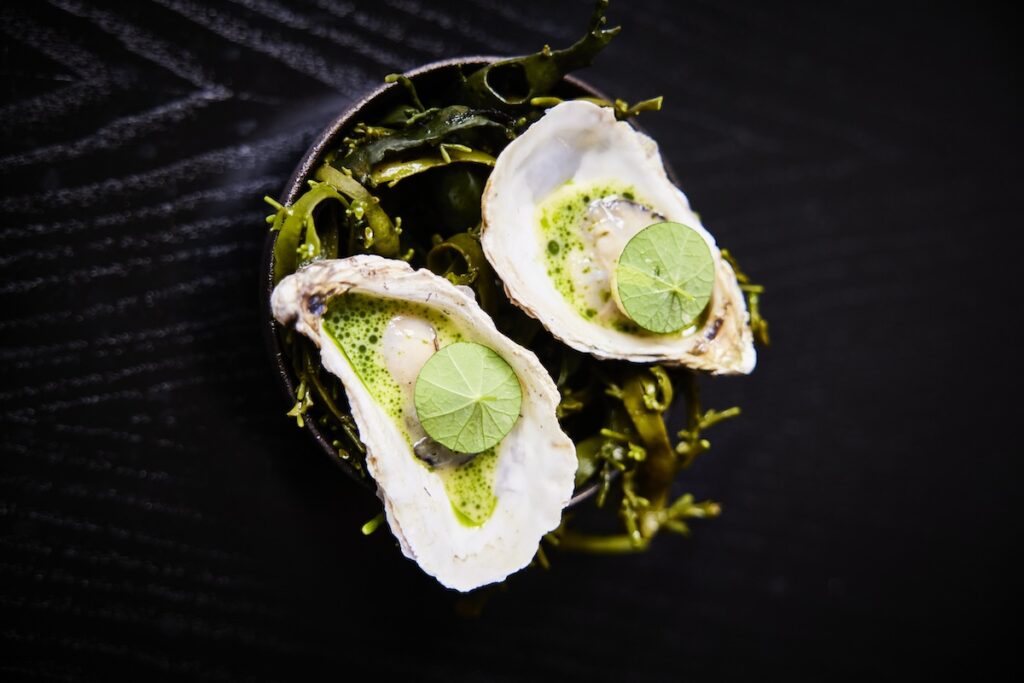 You are one of the leading chefs in the Nordic cooking scene, regularly paying homage to the style of Scandinavian cooking from before electricity existed. For someone who doesn’t know much about Scandinavian cuisine, how would you describe it?
You are one of the leading chefs in the Nordic cooking scene, regularly paying homage to the style of Scandinavian cooking from before electricity existed. For someone who doesn’t know much about Scandinavian cuisine, how would you describe it?
It’s very focused on one type of wood and that’s birch, which is the most common leaf wood in Sweden. So for us, it’s a little different from, let’s say, an American barbecue. When you think of American barbecue, you think of Texas, South Carolina…And that was the Scandinavian and Eastern Europeans that arrived there during the big European immigration waves and brought with them different smoking techniques that we used to have here. And when they got there, they used oak and beech wood to cook their food. In Europe, back in the day, we cooked smoked sausages, hams and fish. But in America they started smoking the cattle. So it was briskets and ribs and pigs. So actually, American barbecue’s origins are rooted in Scandinavian, Eastern European cooking techniques.
You were on Masterchef UK earlier this year. What was that experience like?
It was pretty intense because my cooking techniques and the way that I cook sounds so romantic, and everyone thinks that they can cook over a live fire because it’s the original way of cooking. But when you jump on it, it’s pretty tough. There’s a reason why very few people do it. It’s like sailing a boat compared to a motor yacht. They were struggling big time in the beginning, but then slowly they were learning. I wish we had a two day course before we started the challenge because it was a tough night — a very long day.
Related: Director Steven Soderbergh talks filmmaking, Singani 63 and why the world needs to know about this Bolivian spirit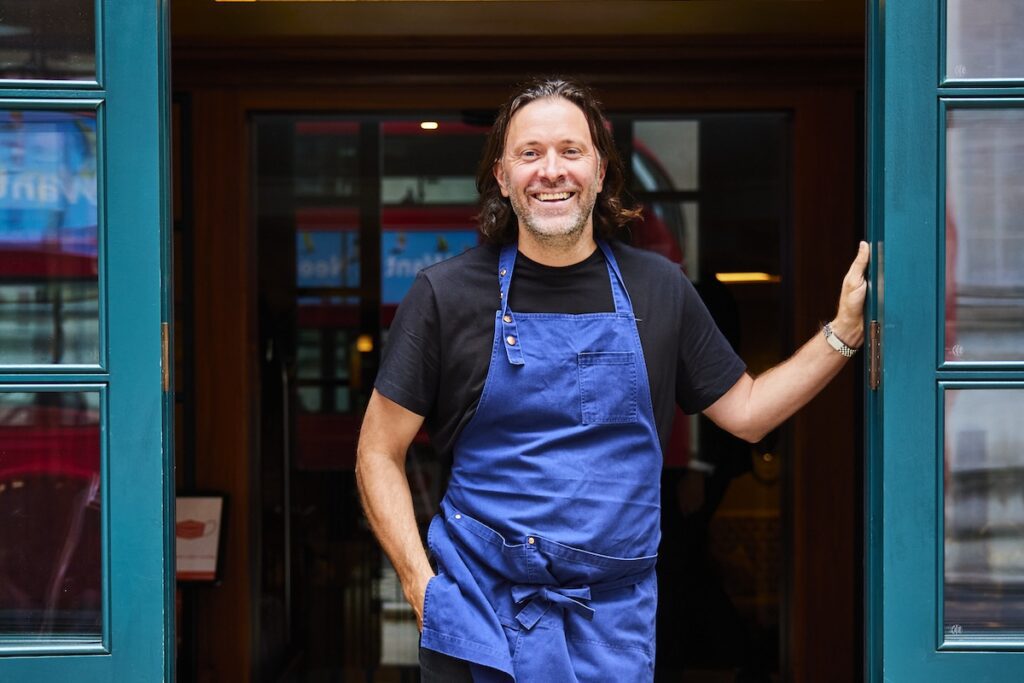 What is your ultimate comfort food?
What is your ultimate comfort food?
There’s a big difference between comfortable food and comfort food, right? (laughs) Comfort food for me is something I can enjoy with my family and with friends. Sometimes people refer to comfort food as something very personal. But for me, it’s when I’m with my family. It’s something that I cook that everyone around the table and all my family and friends enjoy. Usually I lean towards Scandinavian traditional cooking with a touch of me in it. It’s very time consuming to cook, so I do quick versions of it. For example, we have a very classic dish in Sweden called Kåldolmar, which is basically cabbage rolls. When I was a kid, my mom used to spend the whole day rolling those cabbage rolls. I love that dish because it’s comfort food from when I was a kid.
Why is this a comfort food to you? Do you have any special memories associated with the dish?
I think when I was 8-9 years old, my parents’ house where I lived was flooded and we had to move to this little cottage. We were there for six or eight months, and I have some very strong, beautiful memories from it because the house was so small and all of us stayed in the same room and we cooked the food where we slept and where we lived. And I think when you’re at that age, your senses are open and it was so beautiful to live close to my family and my brothers. That’s why all those dishes that my mom and dad cooked in that little house, I have a very strong relationship with. That’s why, my house is kind of big but the kitchen and the living room is really small because I want my kids to have the same memory.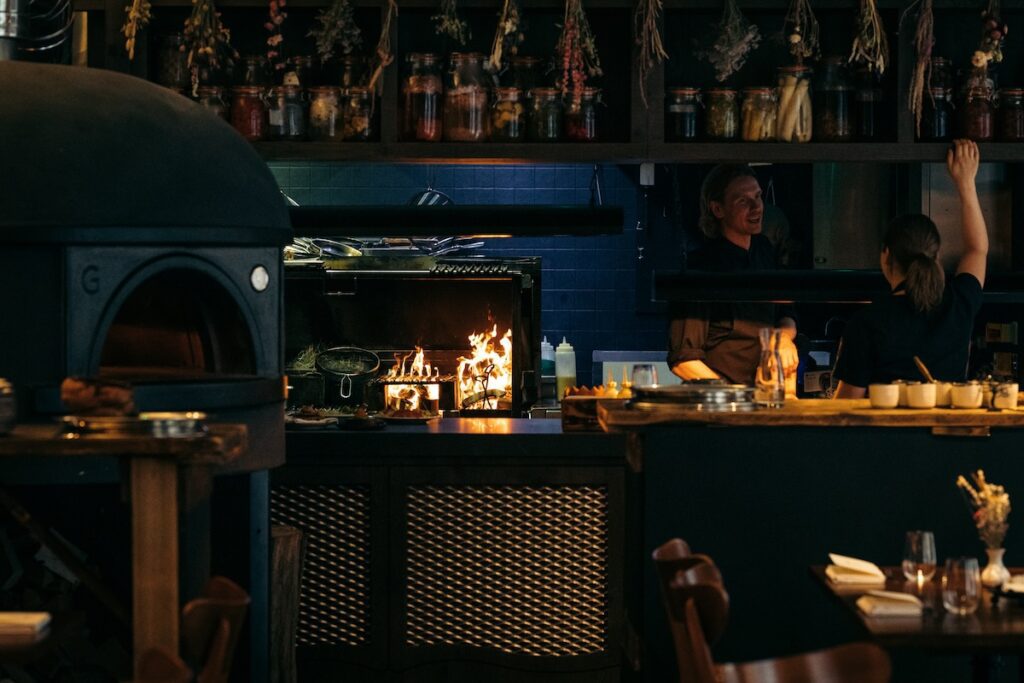 Do you mind sharing the recipe please? And do you have any tips for our readers attempting to recreate this dish?
Do you mind sharing the recipe please? And do you have any tips for our readers attempting to recreate this dish?
So what you do is you take minced or game meat and mix it with rice and cream. It’s a little weird, but it’s actually really good. In a pan, you fry onions and you put in leftover rice, cream and black pepper and then you cook that together to make a creamy rice sauce with black pepper. Mix that with raw minced meat and fill that in the cabbage that has been blanched beforehand. Then you fold the cabbage, put them in the sheet tray, and put them in the oven at 150 °C. Once that’s done, grate cheese on top. You can also choose to garnish with raw spinach or a basil. It’s really simple but delicious.
Finally, is there a type of cuisine you’ve always wanted to learn but haven’t yet?
Taiwanese cuisine. I’ve only been there once and it was a quick stop because I did a layover there when I was on my way to Okinawa in Japan. I had 24 hours in Taipei and the meals I had in that short of a trip just blew me away. The food was so fascinating. So I’d love to learn more about Taiwanese cooking.
To know more about Chef’s Table and Niklas Ekstedt’s cooking heroes, subscribe to our weekly newsletter, the Tempus Edit, here. And read other interviews in our Chef’s Table series here.





